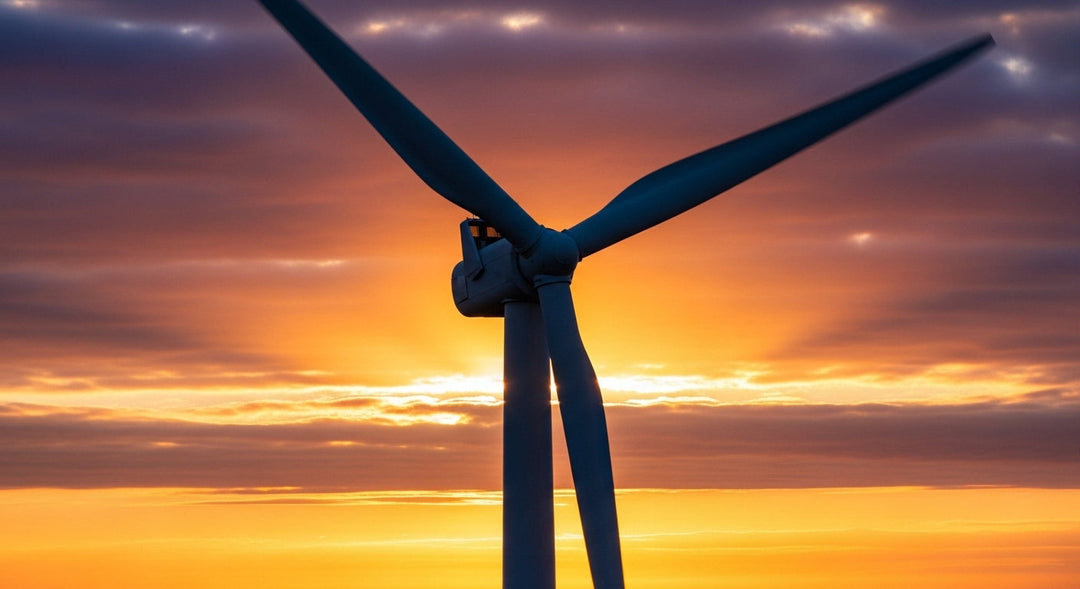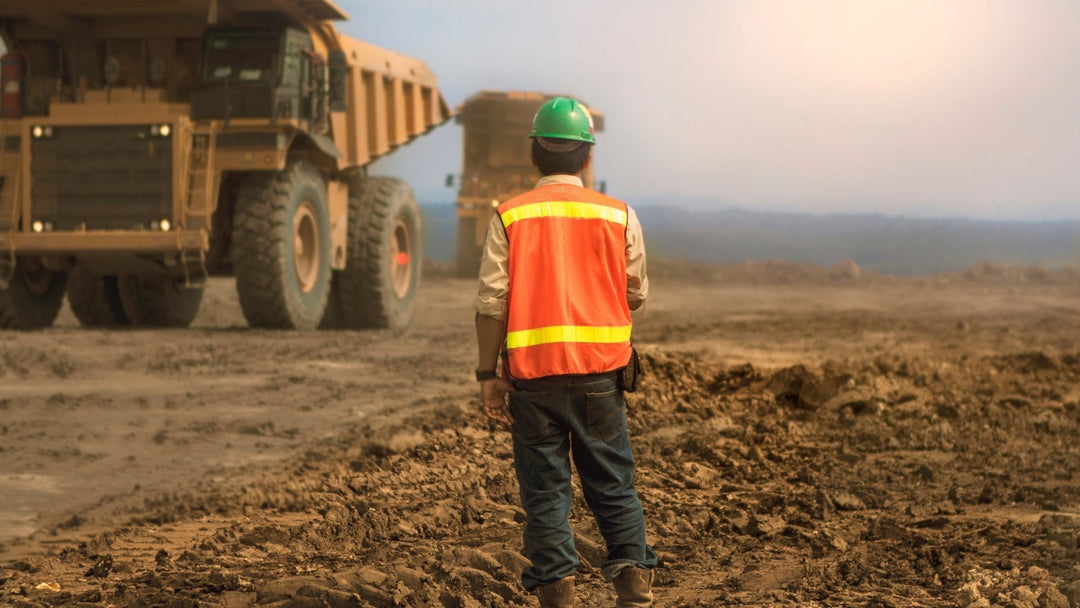Powering the Infrastructure of Tomorrow

America’s economy is one of the most successful in the world, but it must revitalize its aging infrastructure to remain competitive. The American Society of Civil Engineers (ASCE) gave US infrastructure an overall grade of D+ in 2017. The ASCE predicts that it will cost approximately $2 trillion to make all the necessary upgrades and repairs. It is time to heed the warning signs and start investing in the road to the future.
Warning Signs on the Road Ahead
The failure to maintain US roads imposes enormous costs on American motorists. The average driver in the United States spends 42 hours a year stuck in traffic, more than a typical work week. In US cities, over 2 out of every 5 miles of urban interstate are congested.
Rural areas face a different crisis. Twenty-seven states are converting some roads back to gravel because of budget limitations. While maintaining streets is costly, failure to do so carries an even higher cost. The ASCE estimates that the total cost of lost time and wasted fuel reached $160 billion in 2014. Motorists spent another $112 billion on higher operating costs and repairing damage caused by poor roads.
Bridging the Gap
While the roads require repairs, aging bridges pose a more significant threat. Almost 40% of bridges in America are over 50 years old, and more than 9% were structurally deficient in 2016. Timely repairs can prevent disasters like the collapse of the I-35 bridge in Minneapolis that killed 13 people. That tragedy helped spark an increase in spending on bridges from $11.5 billion in 2006 to $17.5 billion in 2012.
However, the US needs to invest far more to bridge the gap. The federal government estimated that it would take 123 billion dollars to completely repair all of the bridges in the US.
Keeping the Lights On
We often take electricity for granted, but much of the power grid is reaching the end of its expected life. Most transmission and distribution lines were built in the mid-twentieth century, and they were only intended to last for 50 years. A failing electrical grid has serious consequences, including more than 3,500 reported power outages in 2015.
The grid includes public utilities, government agencies, and private companies, but 68% of consumers get power from investor-owned utilities. The ASCE forecast that the US needs an additional $177 billion to maintain the power grid in the near future.
The Smart Grid of the Future
Building a modern smart grid would produce significant benefits, but it also requires substantial funding from investors. The legacy electrical grid embodies the design principles of the 1950s when much of it was built. Large centralized plants produce all the power and distribute it to consumers. Solar power and battery storage have advanced dramatically since the mid-twentieth century.
Consumers are increasingly able to generate their own power and sell it back to the grid. However, this requires a two-way smart grid where businesses and consumers can buy, sell, and interconnect. Building a smart grid will not be cheap. The Electric Power Research Institute (EPRI) forecast that it would take as much as $476 billion over 20 years to complete the transition.
Staying Globally Competitive
Every nation must maintain a reliable infrastructure to remain globally competitive. Manufacturers require roads, bridges, and electricity to supply their factories and distribute products. If the US does not build the necessary infrastructure, businesses will leave. According to the WEF, the efficiency of America’s electrical grid is 26th in the world, behind Chile and China. This trend cannot continue. Investing in rebuilding the infrastructure today will give the US the power to compete in the future.










